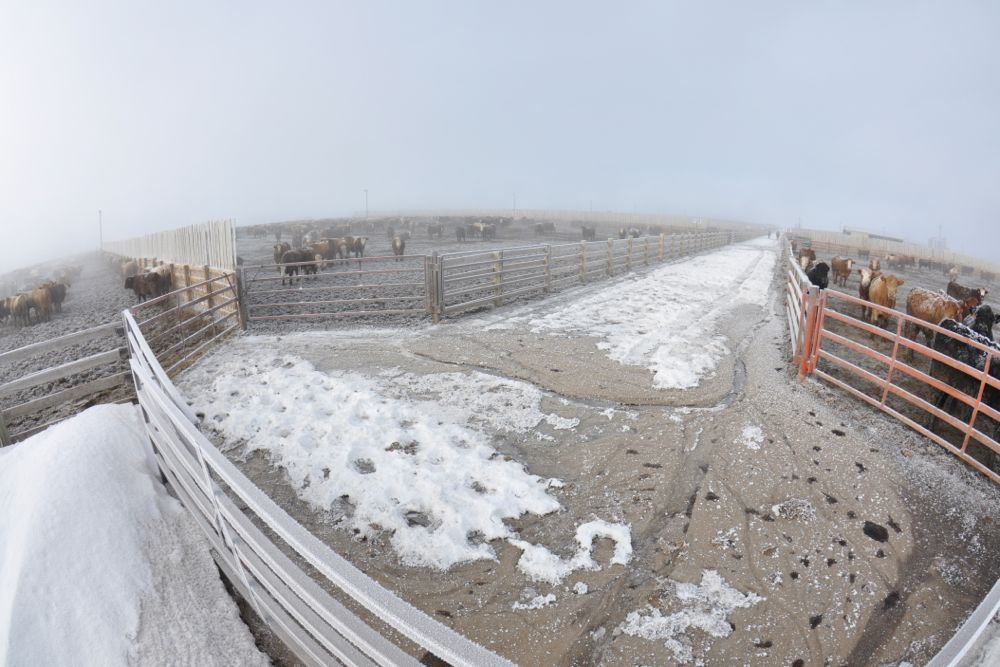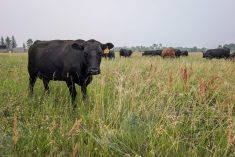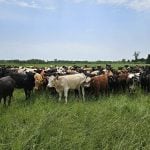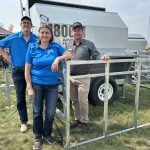Western Canadian feeder markets were relatively unchanged from week-ago levels but there were a couple of unique characteristics in certain regions. Quality yearling packages were $2-$4 higher in Alberta but fleshier replacements were discounted. Eastern Prairie regions had grass cattle under 600 lbs. trading $3 to as much as $8 above week-ago levels. Order buyers were surprisingly busy and auction market volumes were above expectations.
Extremely cold temperatures plagued much of Manitoba and Saskatchewan, but these conditions didn’t temper buyer enthusiasm. Southern Alberta weather was considered rather balmy, which explained the strong demand for yearlings. Margins look more favourable for the March-April timeframe and feedlots were fairly aggressive on shortkeeps. Strong demand for grassers surfaced from all angles. U.S. feeder markets were steady to $5 higher on average. Winter storms are wreaking havoc for feedlots in the U.S. southern Plains and Midwest. It appears the April live cattle futures are incorporating a risk premium due to the uncertainty in beef production which is spilling over into the feeder complex.
Read Also
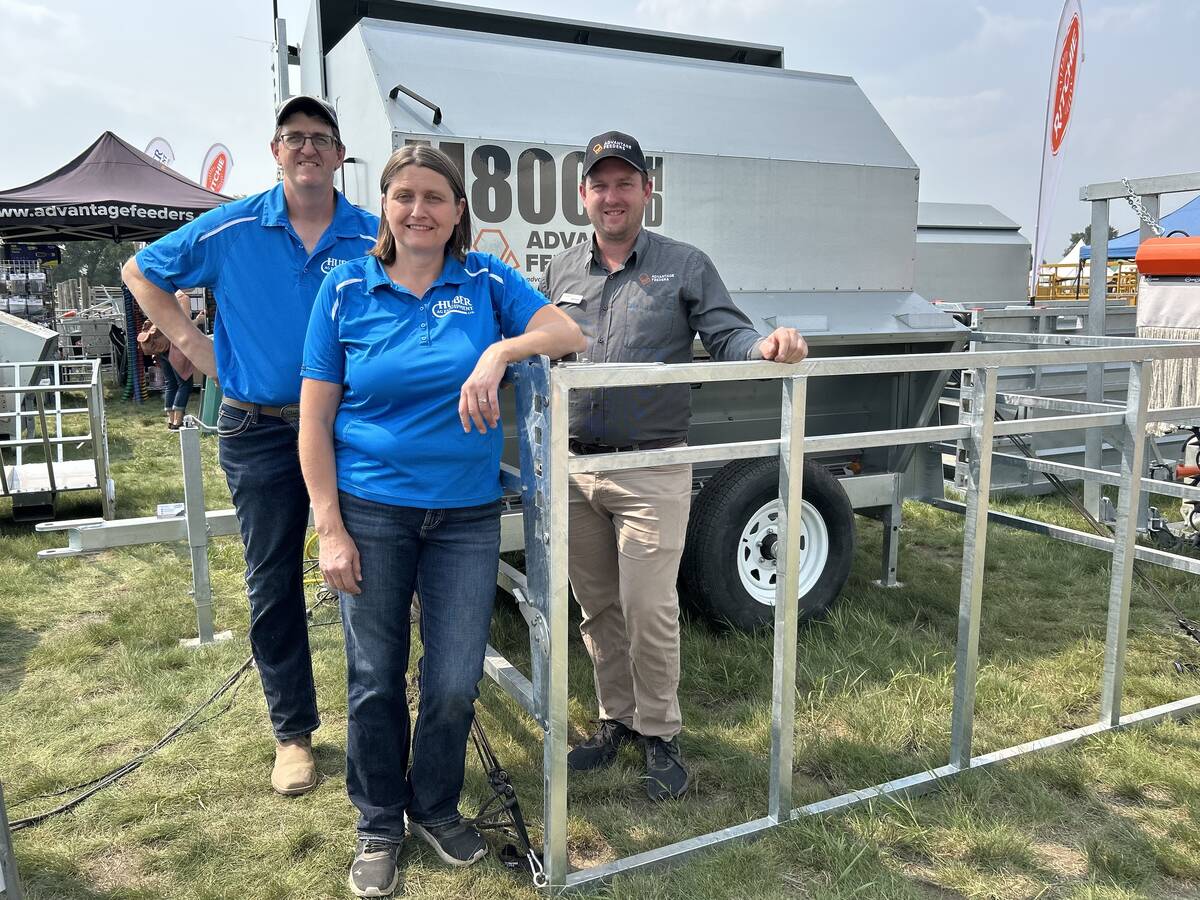
Greater feed efficiency in calves possible through controlled creep feeding
Gerard Roney, founder of Advantage Feeders in Australia, spoke at Ag in Motion 2025 about using controlled creep feeding to develop a calf’s rumen, allowing for better uptake of energy and protein at a younger age.
In central Alberta, larger-frame, fleshier tan mixed steers weighing 850 lbs. sold for $188; Hereford blended mixed heifers averaging 880 lbs. sold for $170. In Manitoba, Charolais mixed medium-flesh steers averaging just over 800 lbs. were quoted at $187 while Limo mixed heifers averaging 825 lbs. were valued at $164. In southern Alberta, Simmental mixed medium-frame steers averaging 700 lbs. were quoted at $200; similar-quality heifers weighing 750 lbs. were priced at $179.
In southeastern Saskatchewan, black mixed steers weighing 625 lbs. were quoted at $207 and Charolais heifers weighing 600 lbs. were quoted at $185. Silver steers weighing 525 lbs. were priced at $236 in southern Alberta and similar-quality heifers averaging 510 lbs. were reported at $200 in the same region.
Grass conditions across the U.S. Midwest and small grain pastures in the southern Plains will be in excellent condition come spring. There are some drier pockets in Western Canada but grass cattle have potential to be quite hot during March and April. Buyers are sensing this stronger demand and securing supplies earlier than normal.
— Jerry Klassen manages the Canadian office of Swiss-based grain trader GAP SA Grains and Produits Ltd. and is president and founder of Resilient Capital, specializing in proprietary commodity futures trading and market analysis. Jerry consults with feedlots on risk management and writes a weekly cattle market commentary. He can be reached at 204-504-8339.

